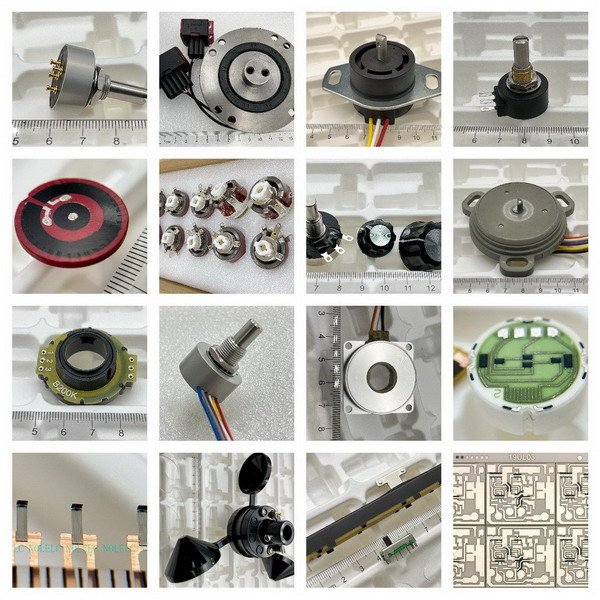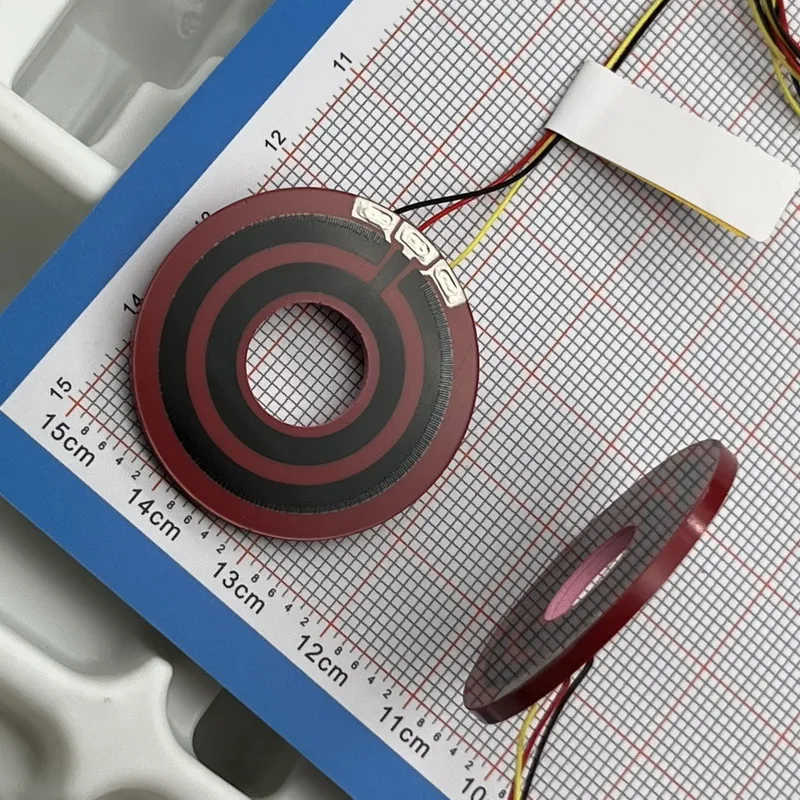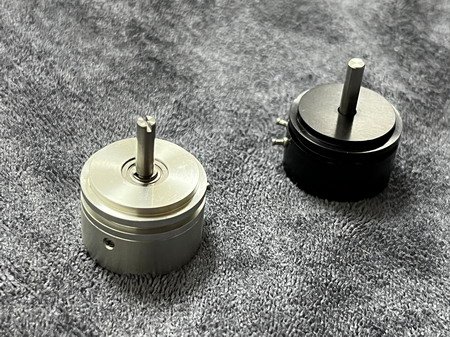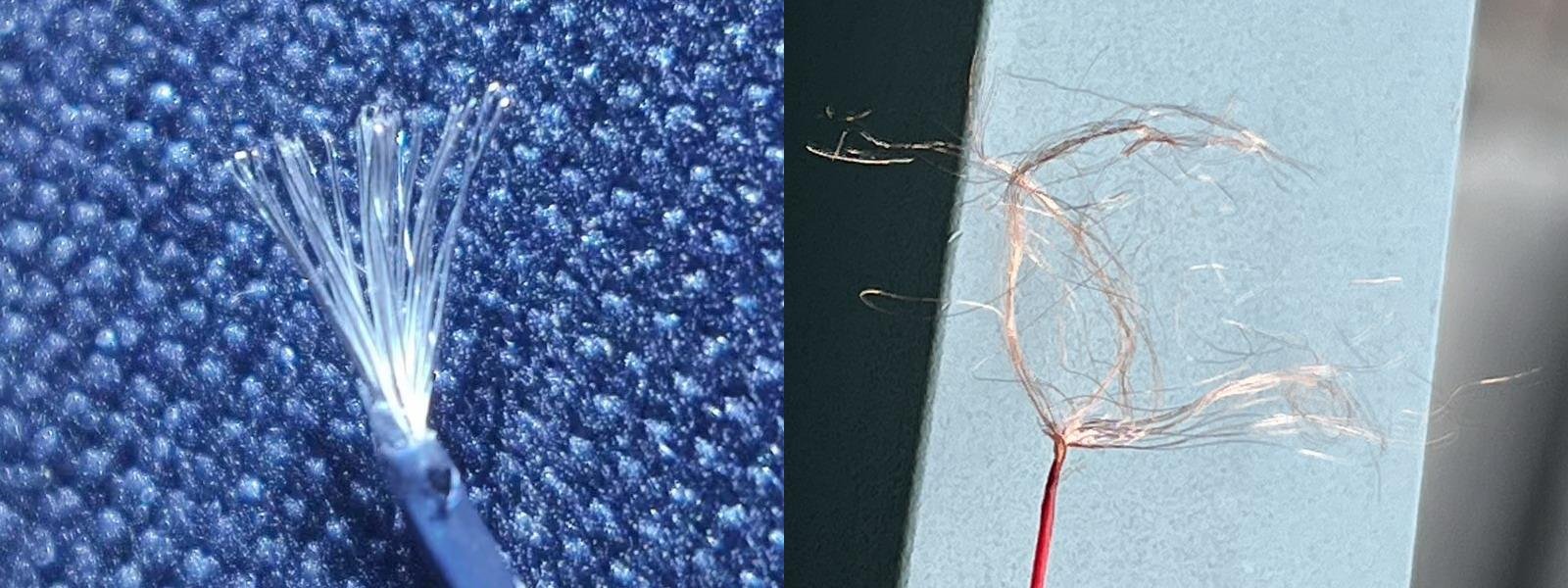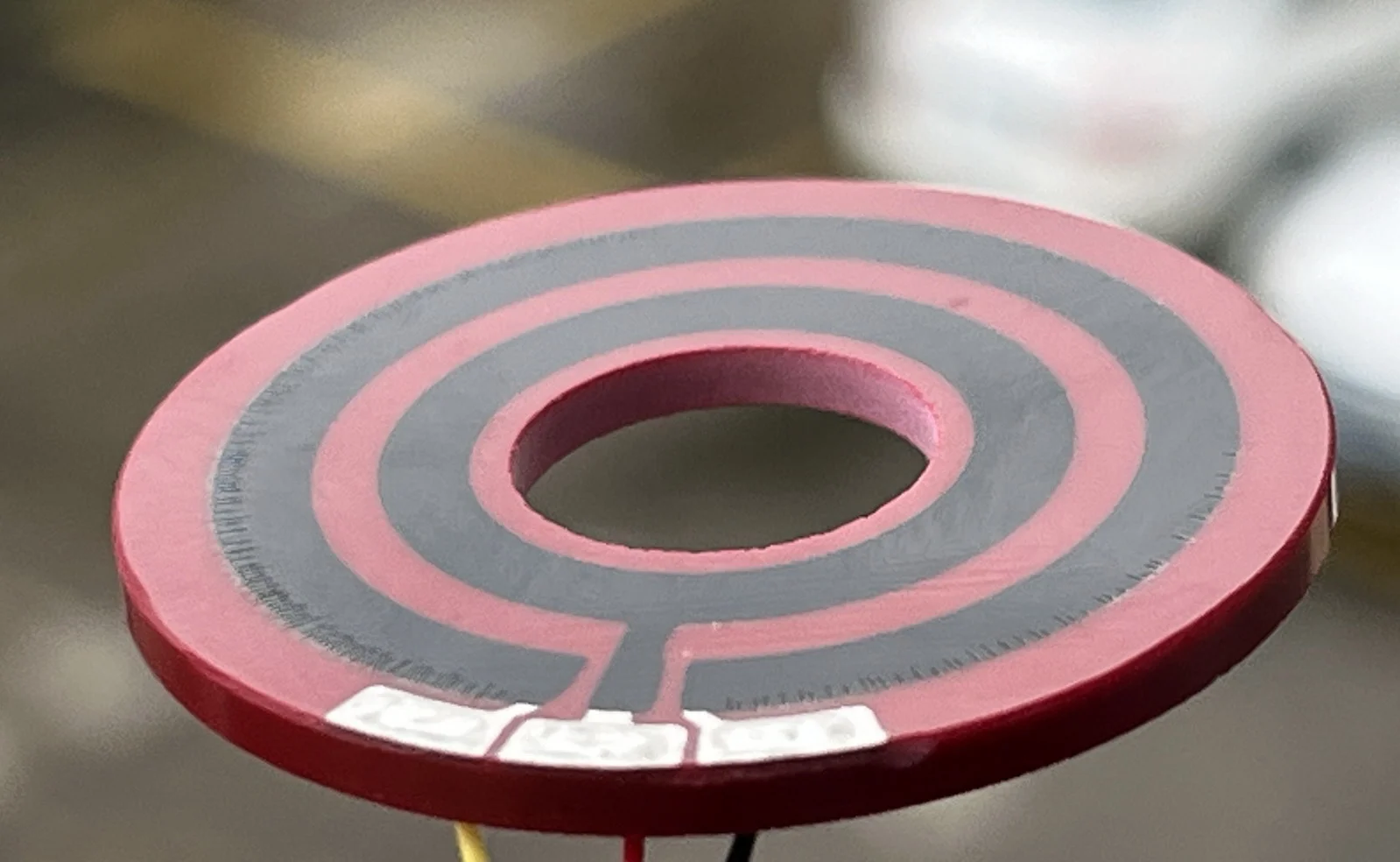Manufacturing custom potentiometers involves a detailed approach to meet both quality and performance standards. So, how can we ensure that client expectations are met in the process?
Custom potentiometer manufacturing requires clear communication, accurate [datasheets], proper material selection, and rigorous inspections to ensure quality and performance.
Understanding the concerns of the customer and how to address them is vital to producing potentiometers that satisfy all the necessary standards. In this article, we’ll break down the most critical aspects that ensure high-quality potentiometer manufacturing. Read on to find out how the right materials, processes, and communication play a key role.
1) Where Are the Customer’s Concerns: Communication and Feedback with the Client!
Clients expect not only a high-quality product but also an accurate estimation of lead times and quantities. Establishing open channels of communication from the initial order to post-delivery ensures that there are no surprises. This ongoing feedback loop allows manufacturers to make adjustments based on client preferences and ensures that the products align perfectly with client expectations.
Dive Deeper into Communication and Feedback
Good communication involves discussing expectations upfront, making sure both parties agree on quality standards, delivery schedules, and any special requirements. It’s also about flexibility—if a problem arises during production, the manufacturer needs to inform the client promptly and suggest potential solutions. After delivery, obtaining feedback helps manufacturers improve the product or process for future orders.
| Concern | Solution | Benefit |
|---|---|---|
| Quality Requirements | Detailed datasheets and clear specifications | Guarantees product meets client expectations |
| Product Quantity | Accurate production planning and scheduling | Avoids delays or shortages |
| Delivery Time | Transparent timelines and regular updates | Builds trust and ensures punctuality |
Effective communication ensures that all aspects of the potentiometer manufacturing process align with the client’s needs, enhancing both quality and customer satisfaction.
2) Datasheet and Samples Provided by Clients: Why Are They Important?
A datasheet outlines the key specifications required for the potentiometer, including resistance range, power rating, tolerances, and environmental considerations. Samples, on the other hand, offer a physical representation of what the final product should look like. Having these two sources of information ensures that manufacturers understand exactly what the client wants, reducing the risk of misunderstandings and mistakes in production.
Dive Deeper into the Role of Datasheets and Samples
The datasheet provides the technical blueprint for the potentiometer. It defines electrical and mechanical properties that are crucial for its performance. Samples are especially important for understanding physical aspects like size, fitment, and material preference. When manufacturers receive both datasheets and samples, they can ensure that every potentiometer produced meets the precise requirements outlined by the client.
| Item | Importance | Outcome |
|---|---|---|
| Datasheets | Technical details and specifications | Ensures product meets electrical and mechanical requirements |
| Samples | Physical representation of the desired product | Provides clear understanding of product dimensions and design |
| Tolerance and Resistance | Defined in datasheets | Prevents errors in manufacturing resistance values and power ratings |
The combination of datasheets and samples helps eliminate ambiguity, ensuring a smoother manufacturing process and higher product accuracy.
3) Selecting the Right Materials and Precise Manufacturing Processes: What’s the Foundation for Quality?
Materials such as carbon[^5], cermet[^6], and conductive plastics are used to create the resistive elements, while metals or plastics form the housing. Each material choice impacts the potentiometer’s performance, lifespan, and resistance properties. On top of that, advanced manufacturing processes such as laser cutting, automated assembly, and precise resistance measurement ensure that the final product meets all specifications.
Dive Deeper into Material Selection and Manufacturing Processes
Materials should be chosen based on the potentiometer’s intended application. For high-precision applications, cermet offers durability and stability. Carbon is cheaper but is suitable for less demanding environments. Meanwhile, conductive plastics are lightweight and cost-effective for mass production, though they offer lower performance. The manufacturing process involves using these materials to create precise resistive elements, followed by stringent assembly procedures to ensure every potentiometer is accurate.
| Material | Best Use Case | Performance |
|---|---|---|
| Carbon | Cost-effective, general use | Economical, but less durable |
| Cermet | High-precision, long-life needs | Stable, resistant to wear and temperature |
| Conductive Plastic | Mass production, cost-sensitive applications | Low cost but lower accuracy and lifespan |
By combining the right materials with precise manufacturing processes, you ensure that the potentiometer meets the client’s performance, accuracy, and durability requirements.
4) Inspection Report: Why Is It Necessary?
An inspection report is necessary to confirm that the potentiometers meet all quality standards before they are shipped to the client. It provides crucial documentation that the product is reliable and performs as expected.
Dive Deeper into Inspection Reports
Inspection reports typically include performance tests such as resistance accuracy, smooth operation, and stress testing. These tests ensure that the potentiometer will not only function as required but also withstand the conditions it will face in its environment. A comprehensive inspection report helps manufacturers identify and resolve any issues before the product reaches the client, ensuring high-quality standards are met every time.
| Inspection Element | Method | Purpose |
|---|---|---|
| Resistance Measurement | Electrical testing equipment | Verifies the potentiometer operates within specified tolerance |
| Visual Check | Manual or automated visual inspection | Ensures no physical defects or damages |
| Mechanical Testing | Load testing and performance testing | Assures that the potentiometer can withstand real-world conditions |
Inspection reports ensure transparency, instilling confidence in the client and confirming that the potentiometer is ready for use.
5) Conclusion
Clear communication, accurate datasheets, proper material selection, and rigorous inspections are essential to ensure the quality and performance of custom potentiometers. Focusing on these elements will help manufacturers deliver high-quality products that meet client expectations.



